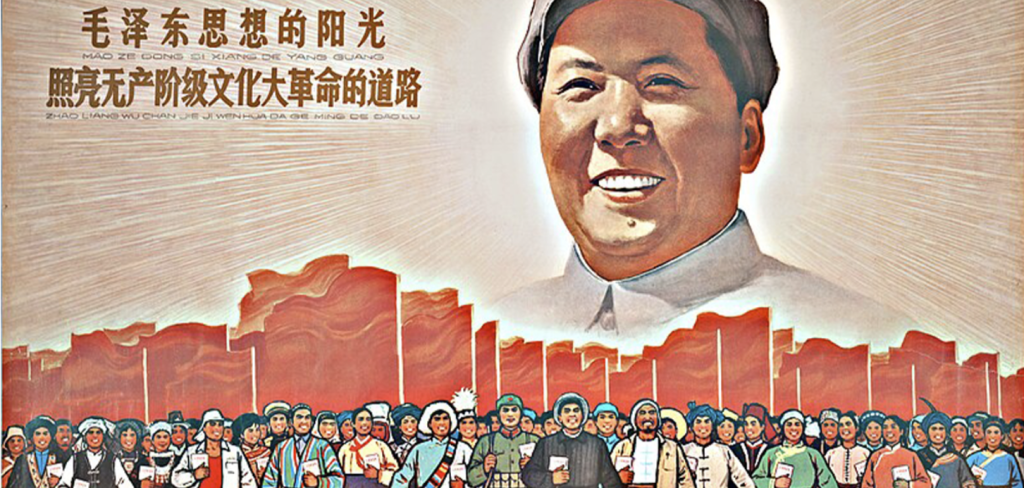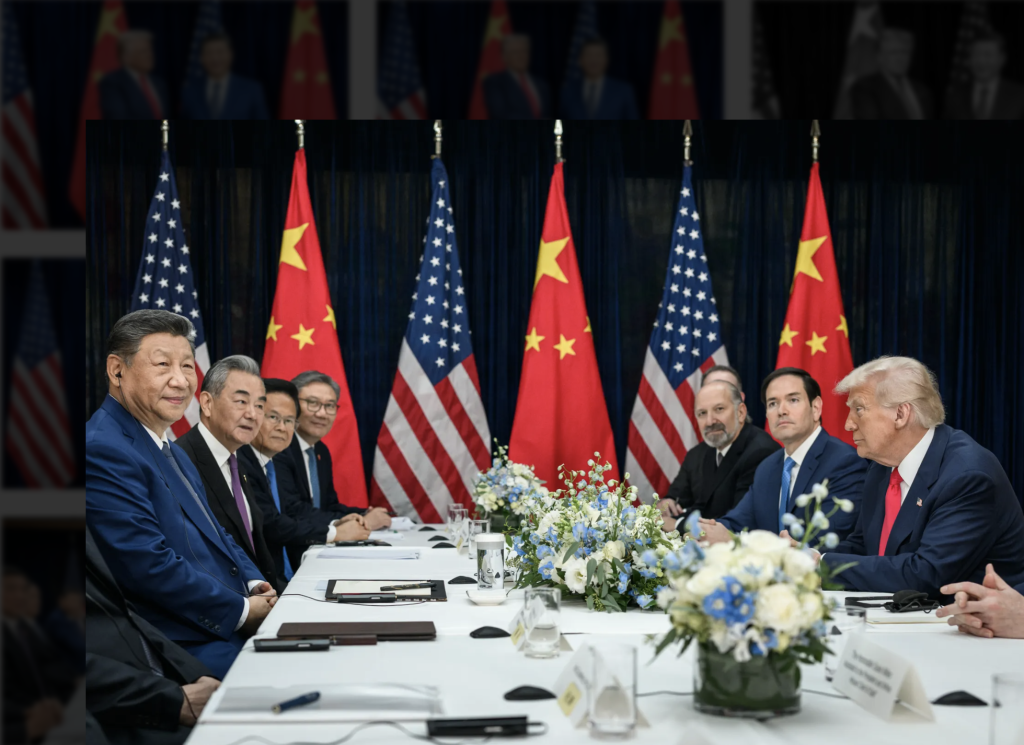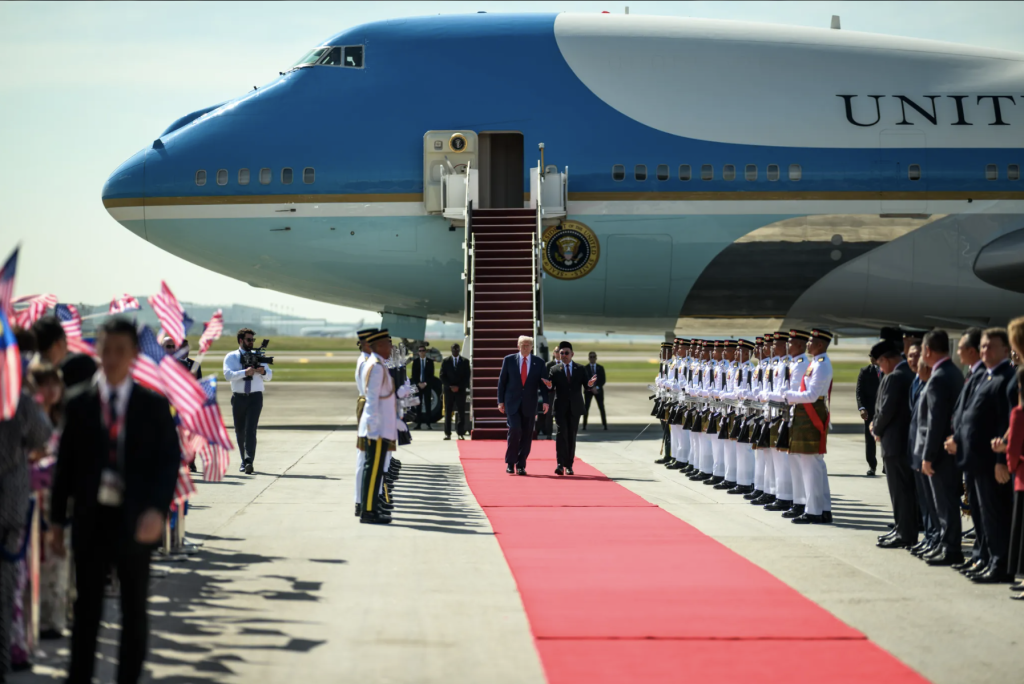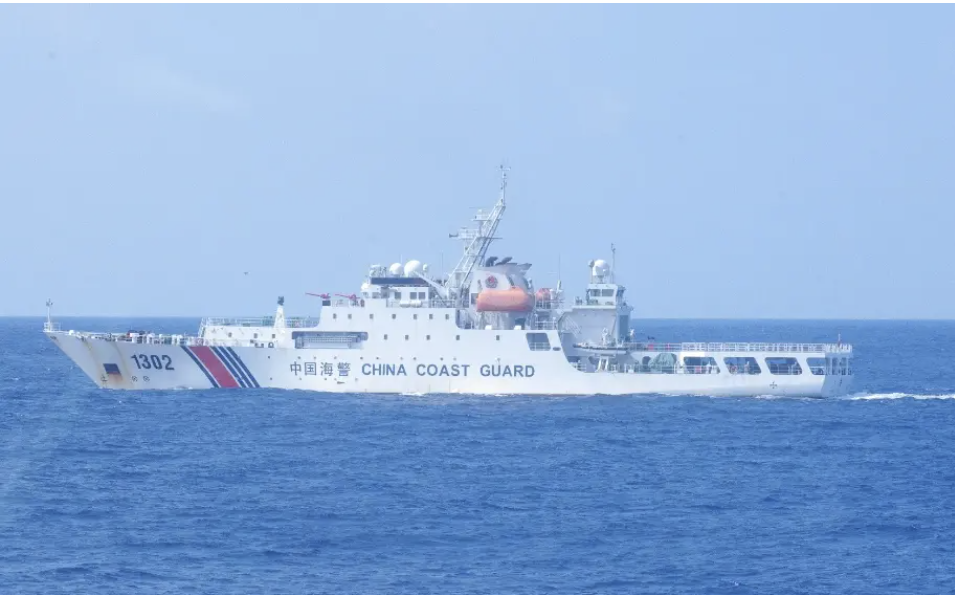Rebuilding Afghanistan: A Chance for U.S.-China Consistency
Afghanistan is at the crossroads of the “Heart of Asia”. Because of its geopolitical centrality, the country has been a focal point for invasion and wars. In the 1980s and early 1990s, Afghanistan was a proxy battleground for the Cold War between the Soviet Union and the United States. Since the 2000s, the country has captured international headlines for its domestic terrorism and instabilities. Beyond the headlines, in fact, Afghanistan security has emerged as one of the few areas of genuine bilateral cooperation in the often-fractious U.S.-China relationship.
Following the 2014 withdrawal of North Atlantic Treaty Organization (NATO) combat forces from Afghanistan, China took a more pro-active role in Afghanistan affairs. Beijing began to regard the vacuum in Afghanistan as a greater security threat than the U.S. military presence in Afghanistan. Meanwhile, the U.S. came to see the Chinese aid as an effective means to stabilize the country rather than freeriding on the U.S. security provisions.
In fact, Washington and Beijing have a considerable convergence in their security and economic interests toward pursuing stability in Afghanistan. For China, the Xinjiang region shares a border with Afghanistan. Key considerations for Chinese leaders therefore include the ethnic Uighurs’ splittism and terrorism in the region due to instability in Afghanistan. Moreover, an acceleration of Chinese diplomacy on Afghanistan manifests in the colossal Belt and Road Initiative (BRI). At its core, BRI encapsulates the Chinese vision of reshaping the geo-economic order in Eurasia through promoting regional connectivity. In a significant shift from President Trump’s anti-globalization rhetoric and Washington’s earlier wariness, at the May BRI summit in Beijing, U.S. diplomats said their country was ready to participate in the BRI projects. Matthew Pottinger, the top Asia policy adviser in the Trump administration, also disclosed that the “American Belt and Road Working Group” would serve as the vehicle for creating partnerships between U.S. companies and BRI.
On the other hand, the U.S. has reoriented its Afghanistan policy focus from military commitment to economic engagement. In May, the Trump administration resuscitated the ‘New Silk Road’ initiative (NSR). Proposed by Hilary Clinton in 2010, who was then the Secretary of State, NSR is a U.S.-led regional architecture focused on Afghanistan and its neighbors. Its core programs include the Turkmenistan-Afghanistan-Pakistan-India (TAPI) natural gas pipeline. Both U.S and China have included Afghanistan in their regional integration framework. Yet compared to the scale of investment in China’s BRI, the U.S. has yet to mobilize capital to jumpstart many of its ambitious NSR projects.
Washington and Beijing have hosted or participated in numerous bilateral, trilateral, and multilateral meetings on searching for political settlement in Afghanistan. Yet most cooperative behaviors between them consist of indirect coordination. So far, the most visible joint endeavor are the projects on agriculture, training of health workers, and training of diplomats. The U.S. and China should improve operational coordination and explore new avenues to best support Afghanistan.
Currently, the challenges to long-term stability of Afghanistan are diverse. They include: a precarious security environment; shrinking economic growth; the recrudescence of terrorist groups such as the Taliban; and worsening Afghan-Pakistani relations. These issues create ample room for U.S.-China collaboration.

Both governments should identify and emphasize the most promising cooperative fields – Investment, energy, counter-terrorism, and regional stability – to become easily understood symbols of their collaboration. Specifically, highlighting one or two major headline initiatives at a time can help mobilize domestic support. The following are some aspirational projects:
First, Washington and Beijing can work together to facilitate the peace process in Afghanistan. Both China and US, along with Afghanistan and Pakistan, are members of the new Quadrilateral Coordination Group (QCG) focused on the peace process. As the negotiation is at its nascent stage, the US and China should focus on establishing mechanisms for holding more formal, consistent discussions. These dialogues should aim to involve other stakeholders like Russia and representatives of the Taliban. China’s unilateral efforts to negotiate with the Taliban through the Political Office in Qatar, however, have not yet yielded concrete results. Moreover, Pakistan is China’s long-term ally and India is enjoying a “never been stronger” relationship with the U.S. Through carefully applying their diplomatic leverage, U.S. and China can work together to bring these two important countries to the negotiations.

On combatting terrorism, U.S. and China should increase their operational coordination and explore a security mechanism designed to manage potential conflicts along the Silk Road. In July 2016, China delivered the first batch of military equipment to Afghanistan. It contained, among others, logistical equipment, parts for military vehicles, ammunition as well as weapons for the Afghan National Defense Security Forces (ANDSF). In February this year, the U.S. war commander in Afghanistan called for several thousand new troops to break the Afghan “stalemate.” Looking forward, Afghanistan can be a pilot area well suited for China, and US to test their broader counter-terrorism strategies.

Second, U.S. should join China in supporting Afghanistan’s economic connectivity and development. China is committed to $100 million in BRI investments in Afghanistan. Although as noted earlier, the direction of Trump administration’s NSR is uncertain, a decline in the costs of transport and communications will surely benefit American investment. Towards a more connected Afghan economy, both countries should prioritize sharing lessons and pooling resources on their infrastructure projects.
A third area of U.S.-China cooperation in Afghanistan lies in local capacity building. The annual U.S.-China Training Program for Afghan Cooperation and Reconstruction is a joint initiative that provides training for young Afghan diplomats, health and agricultural workers. In 2016, for instance, the joint Training Program for Afghan diplomats provided opportunities for 15 entry-level Afghan diplomats to receive training in diplomacy. These trilateral partnerships function as a significant confidence-building measure between U.S. and Chinese officials working on Afghanistan. They are also less costly, easier to operate. As such, U.S. and China should consider extending these joint initiatives to other areas. Importantly, assistance from Washington and Beijing must take a capacity-building orientation and follow an “Afghanistan propose, Afghanistan lead” model.

There are, admittedly, factors creating frictions between Washington and Beijing. For example, China questions the sincerity of the U.S. commitment to subsidize Afghanistan and the US remains suspicious of China’s geopolitical agenda. However, Washington and Beijing should not view pursuing security and stability in Afghanistan as a “zero-sum” game, a mindset that has previously been a barrier to more widespread bilateral cooperation. While tensions between the two countries in other areas continue to nourish distrust and undermine cooperation, U.S.-China collaboration in Afghanistan has the potential to strengthen the bilateral ties.
(Featured Image Credit: U.S. Department of State/Flickr)
By ABIGAIL CHEN JUNE 7, 2017
ABIGAIL CHEN is a Summer 2017 intern at The Carter Center China Program.








